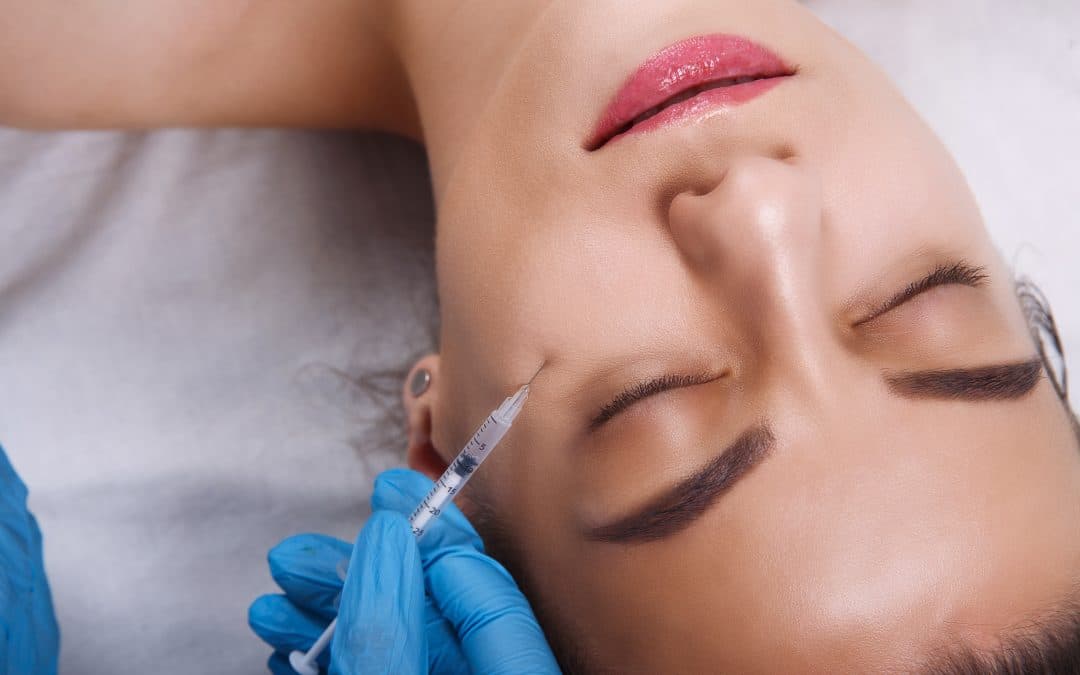If you’ve spotted an individual with a plump, crease-free under-eye region, it might be due to a hyaluronic acid filler or genetics.
Topical hyaluronic acid-infused skin care products and moisturizers thoroughly hydrate to generate firmness, plumpness, and volume. Still, a hyaluronic acid filler (HA) is a quick approach to add volume to sagging cheeks, lips, under-eyes, and more.
Hyaluronic acid injectables are a form of temporary dermal filler. It is naturally all over the body, with the most significant amounts in the skin, eyes, and joints. Moreover, hyaluronic acid absorbs water into the skin, making it more moisturized.
Are you interested in this treatment? Here’s what you should know about hyaluronic acid filler.
Are Hyaluronic Acid Fillers Safe?
One of the most often asked concerns regarding fillers is if they are safe. In general, filler treatments are regarded as effective and safe for reversing apparent indications of aging, such as skin laxity, wrinkles, and fine lines.
Fillers are considered one of the safest cosmetic procedures since they do not carry the same dangers as surgical management, often needing numerous doctors’ approval for the patient’s benefit.
However, there are certain dangers and adverse effects before pursuing filler procedures.
While the possibility of an adverse response to the filler is minimal, it is usual practice to undergo an allergy test before beginning treatment. Patients should also be advised that there may be a little bruising, redness, or swelling in the surgical area, which will go away within a few hours or days. These risks are minor and simple to prevent when a qualified aesthetic practitioner performs the treatment.
How Long Does Hyaluronic Acid Filler Last?
One of the most common queries from potential HA filler patients is how long facial fillers last. While this varies depending on the formulation, fillers often last six to eighteen months without touch-ups, with a 12-month median time. Touch-up injections may extend the duration of the benefits beyond 18 months.
Clients will observe improvements within a few days of therapy. However, transitory side effects such as bruising or bruising around the surgical area may initially hide them. Patients worried their therapies are not having the expected impact should arrange a follow-up session with their practitioner to explore their choices.
What to Expect During the Treatment
A cannula or needle is used to inject the hyaluronic acid filler. However, if the injector decides to employ a cannula, they must first use a needle. Because a cannula has a blunt tip, it cannot puncture the skin. So, before inserting a cannula, a physician must first insert a needle to provide an entry point for the cannula.
Regarding the actual physical feeling of injection, you’ll be relieved to hear that most fillers on the market are pre-mixed with lidocaine, so the region becomes reasonably numb with minimal remembered discomfort throughout the treatment. According to some doctors, the whole treatment takes between 15 and 30 minutes, based on how the filler is injected.
Treatment Planning and Initial Consultation
The first patient consultation serves two purposes: developing a treatment plan that responds to the patient’s concerns and identifying any contraindications to HA filler therapy. These are some of the contraindications:
- Current herpes infection
- Current breastfeeding or pregnancy
- Uncontrolled diabetes
- Infections that are currently present in the suggested treatment area
- Any element of injectable HA fillers (even lidocaine) might cause an allergic reaction
- Renowned blood-clotting problems
- Immunocompromised state, especially those produced by immunosuppressive drugs
Is Hyaluronic Acid Good for the Skin?
Hyaluronic acid is a fascinating substance because of its functions and benefits in your body. Some benefits of hyaluronic acid may include the following:
- Makes one’s skin flexible. Hyaluronic acid filler allows the skin to flex and stretch while reducing creases and wrinkles. It’s also been demonstrated to hasten wound healing and reduce scarring.
- Helps keep things hydrated. Hyaluronic acid is highly effective in retaining water. A quarter teaspoon of hyaluronic acid can store about 1.5 liters of water. As a consequence, it is often used to address dry eyes. It is also found in moisturizers, serums, ointments, and lotions.
- Helps everything run smoothly. Hyaluronic acid aids in the smooth operation of the joints. It alleviates discomfort and damage caused by bones grinding against one another.
Conclusion
Suppose you want to treat areas of volume loss (for example, beneath the eyes) or avoid the volume loss appearance in the most natural-looking manner possible. In that case, hyaluronic acid filler is a terrific alternative. However, although HA is a natural component of the body, side effects are uncommon, and the procedure is safe, even though some patients report substantial pain and bruising.
Injectable fillers may also give natural-looking modifications to help you feel more confident in your looks when applied by an experienced, certified physician. If you’re interested in learning more about your choices, the next step is to schedule a consultation with a board-certified cosmetic surgeon.

